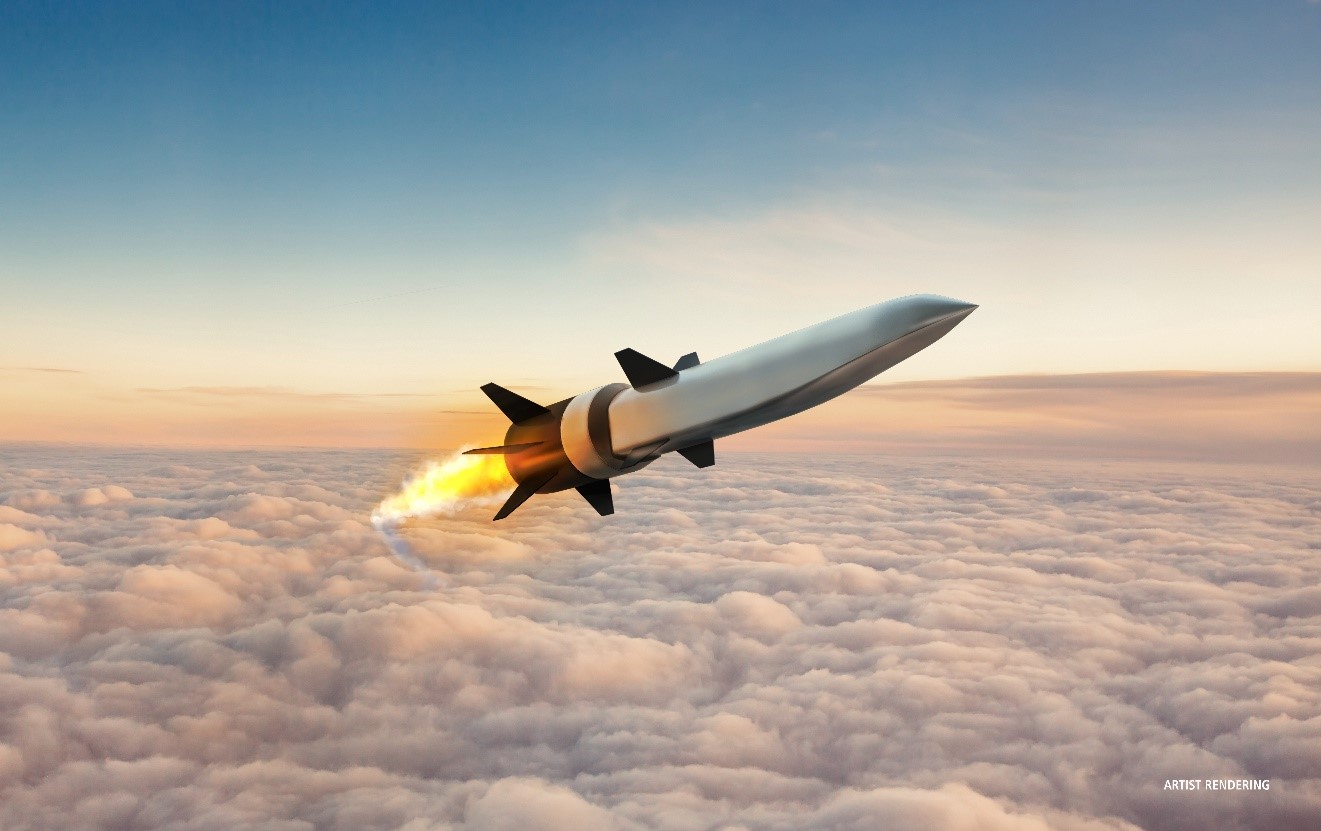Frightening Reality: China ‘Undoubtedly’ Several Years Ahead In Hypersonic Race; Tested At-Least Ten Times More Missiles Than USA
In the midst of the larger hypersonic weapons race unfolding globally, China reportedly tested a nuclear-capable hypersonic missile. The US, which is quite apparently lagging behind in this arena, has expressed serious concern regarding this unique space capability developed by its communist rival.
Hypersonic missiles can fly in the upper atmosphere at more than five times the speed of sound. These weapons are capable of traveling much more swiftly than current nuclear-capable ballistic and cruise missiles at low altitudes.
They can also shift direction mid-flight and do not particularly follow a predictable path the way conventional missiles do. This makes hypersonic munition, especially missiles that can travel at over five times the speed of sound, much harder to track and intercept.
Reports have revealed that in August, Beijing tested a nuclear-capable hypersonic glide vehicle that went around the globe before it sped towards a target. The vehicle zoomed through low-orbit space and missed its target by about two dozen miles.
“The test showed that China had made astounding progress on hypersonic weapons and was far more advanced than US officials realized,” the report said, citing people briefed on the intelligence. The Financial Times, quoting sources, reported that it was theoretically possible for the weapon to fly over the South Pole. Undoubtedly, this would pose a major challenge for the US military.
The initial report in the FT elicited concern in Washington. It appeared that this development caught US Intelligence by surprise. The country has so far conducted “hundreds” of tests in the past five years. Compared to this, the US has completed a meager of nine such trials.
Moreover, Washington has also faced systemic obstacles. Gen. John Hyten, the outgoing vice chairman of the Joint Chiefs of Staff, America’s No. 2 uniformed military officer, highlighted that Beijing has been willing to move fast and learn from its failures, while the Department of Defense has been held back by “brutal” bureaucracy.
US Lags China In Hypersonic Race
The EurAsian Times had previously reported how China and Russia are leaps ahead of the US in terms of the development and testing of these advanced weapons. More opinions in this regard have sprung up.China’s DF-17 missile has a hypersonic glide vehicle that can deliver both nuclear and conventional payloads. (via Twitter)
In an interview on Bloomberg Television’s “Balance of Power With David Westin” held earlier this week, Raytheon Technologies Corp.’s CEO Gregory Hayes said that the US government is years behind China in the pursuit of hypersonic weapons.
He highlighted that despite the Pentagon having a number of hypersonic weapons programs in development, and the US understanding the technology, China has “actually fielded hypersonic weapons”. He added, “[w]e are at least several years behind.”
This comment comes despite Raytheon’s Missiles and Defense unit having successfully test-fired a hypersonic cruise missile in September this year. This was done as part of a development contract for the US Air Force (USAF) and the Defense Advanced Research Projects Agency (DARPA).
“We will have weapons to challenge the adversaries but most importantly I think our focus is how do we develop counter-hypersonics,” Hayes commented. “That’s where the challenge will be.”
A somewhat similar sentiment reflecting panic was echoed by the top-ranking US military officer, the Chairman of the Joint Chiefs of Staff General Mark Milley. He warned the nation about the frightening new hypersonic missile, even going so far as to say, “I don’t know if it’s quite a Sputnik moment, but I think it’s very close to that.”
An Alternate Viewpoint
It is quite obvious that these weapons pose a direct threat to the US and its allies. Beyond this, there is also the additional impact that China’s hypersonic weapons could have on the balance of military might in the Pacific.Chinese PLA researchers are working on AI-driven flight control systems for hypersonic missiles.
This is crucial as the region is currently experiencing high tensions between various powers. This is particularly true of Taiwan, where China, the US, and Japan appear to be quite directly involved.
However, in spite of this threat existing, a differing viewpoint that found voice in The Week believes there is quite a lot of exaggeration. This article cited Union of Concerned Scientists’ member Cameron Tracy’s explanation.
Tracy reportedly sees a hypersonic missile as having little difference from the intercontinental ballistic missiles (ICBMs) that have been around for dozens of years.
Hypersonic missiles are only a little faster, or stealthier, or immune to detection in comparison. Shooting down a mass attack of ICBMs (that are capable of traveling at up to 20 times the speed of sound) is as impossible as shooting down a hypersonic missile, Tracy explained.
Moreover, even if China could actually destroy every single US city and nuclear installation in one swift strike, they would still face a massive threat of retaliation from nuclear submarines.
In addition, the possibility of nuclear winter would be right around the corner. Plus, the fact remains that the Chinese economy would immediately collapse in the absence of the US buying its exports. This is the logic of mutually-assured destruction which forced the USSR and the US to avoid war for 40 long years.
In light of these facts, this alternate viewpoint believes that the actual reason Milley, and probably Hayes as well, are brewing panic to elicit trillions of dollars worth of spending for the development of an arsenal of hypersonic weapons and anti-hypersonic defense systems.
- Written by Shreya

No comments:
Post a Comment